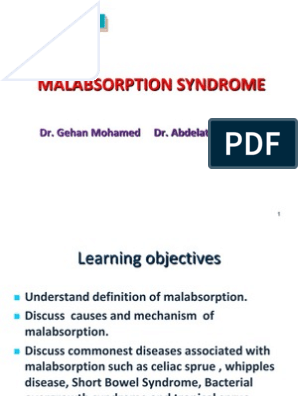0% found this document useful (0 votes)
1K views29 pages3 Vitamin A Deficiency
Vitamin A deficiency is a major public health problem globally, especially in Africa and South Asia. It can cause blindness and increased mortality. Dietary sources of vitamin A include liver, eggs, fortified foods. Deficiency is associated with infections and malnutrition. Clinical signs include night blindness, dry eyes, skin issues. Treatment involves supplementation. Hypervitaminosis A from excessive intake can cause headaches, bone abnormalities and liver toxicity.
Uploaded by
Mathewos MekonnenCopyright
© © All Rights Reserved
We take content rights seriously. If you suspect this is your content, claim it here.
Available Formats
Download as PPT, PDF, TXT or read online on Scribd
0% found this document useful (0 votes)
1K views29 pages3 Vitamin A Deficiency
Vitamin A deficiency is a major public health problem globally, especially in Africa and South Asia. It can cause blindness and increased mortality. Dietary sources of vitamin A include liver, eggs, fortified foods. Deficiency is associated with infections and malnutrition. Clinical signs include night blindness, dry eyes, skin issues. Treatment involves supplementation. Hypervitaminosis A from excessive intake can cause headaches, bone abnormalities and liver toxicity.
Uploaded by
Mathewos MekonnenCopyright
© © All Rights Reserved
We take content rights seriously. If you suspect this is your content, claim it here.
Available Formats
Download as PPT, PDF, TXT or read online on Scribd
/ 29

























































































